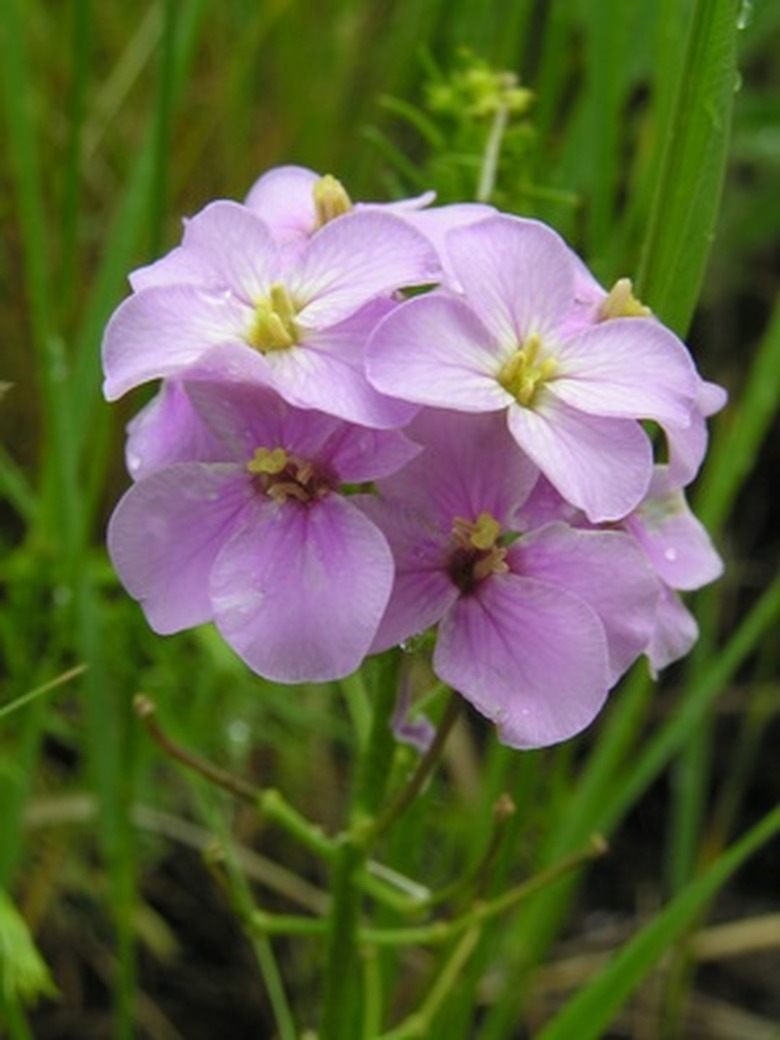How To Take Care Of Purple Heart Plants
The Purple Heart or Wandering Jew, as it is commonly called, is a member of the genus Tradescantia. This hardy plant can be grown outdoors in zones 7 to 10 or indoors as a hanging plant. The stems of the Purple Heart are fragile and will break easily if not handled with care. The plant grows about 1 foot high, but when planted in the ground it will spread out. In containers, the plant will fill the diameter of the container. The plant produces a small purplish flower with yellow stamens protruding from the center.
Step 1
Place the plant outdoors during the summer or indoors in a container in a location that has full sunlight to help develop the purplish color in the leaves. Plants that are kept in shaded areas will have greenish leaves because of the lack of direct sunlight.
- The Purple Heart or Wandering Jew, as it is commonly called, is a member of the genus Tradescantia.
- Place the plant outdoors during the summer or indoors in a container in a location that has full sunlight to help develop the purplish color in the leaves.
Step 2
Pinch the stems back to promote fuller and shorter plants. As the stems start shooting upward, the plant will become thinner on the ground. Keeping the stems closer to the ground will make the plant grow wide instead of long or tall. After flowering, cut the plant back so that the stems do not become stringy.
Step 3
Water the Purple Heart when the soil becomes dry. The plant will thrive in dry soil but will need some watering to stay healthy and full of color and flowers. Outdoor plants will have rainwater to survive, but houseplants should be watered one a week.
- Pinch the stems back to promote fuller and shorter plants.
- As the stems start shooting upward, the plant will become thinner on the ground.
Step 4
Add 10-10-10 fertilizer to the plants once a month. The equal parts of nitrogen, phosphate and potassium will give the plant the nutrients needed to grow and produce flowers. During the fall and winter months, stop feeding and start again in spring.
Step 5
Start a new plant from stems of the plant that break off or you can cut the stem off to start a new plant. In most cases, the stem can be placed in the soil to root, but placing in a glass of water to root first will work better. After the stem has some roots, it can be planted in soil.
